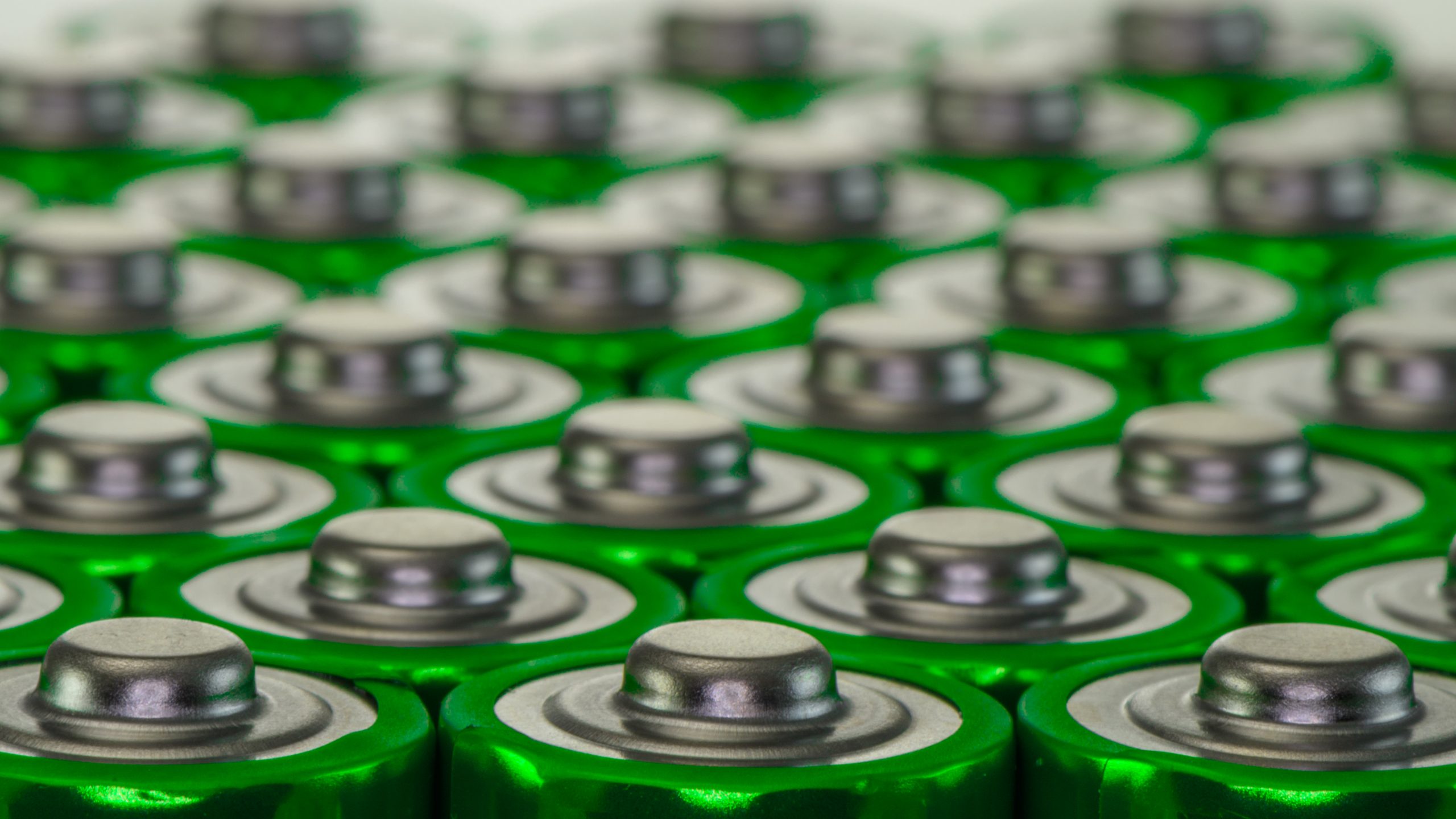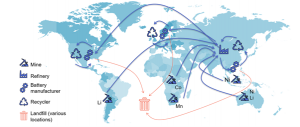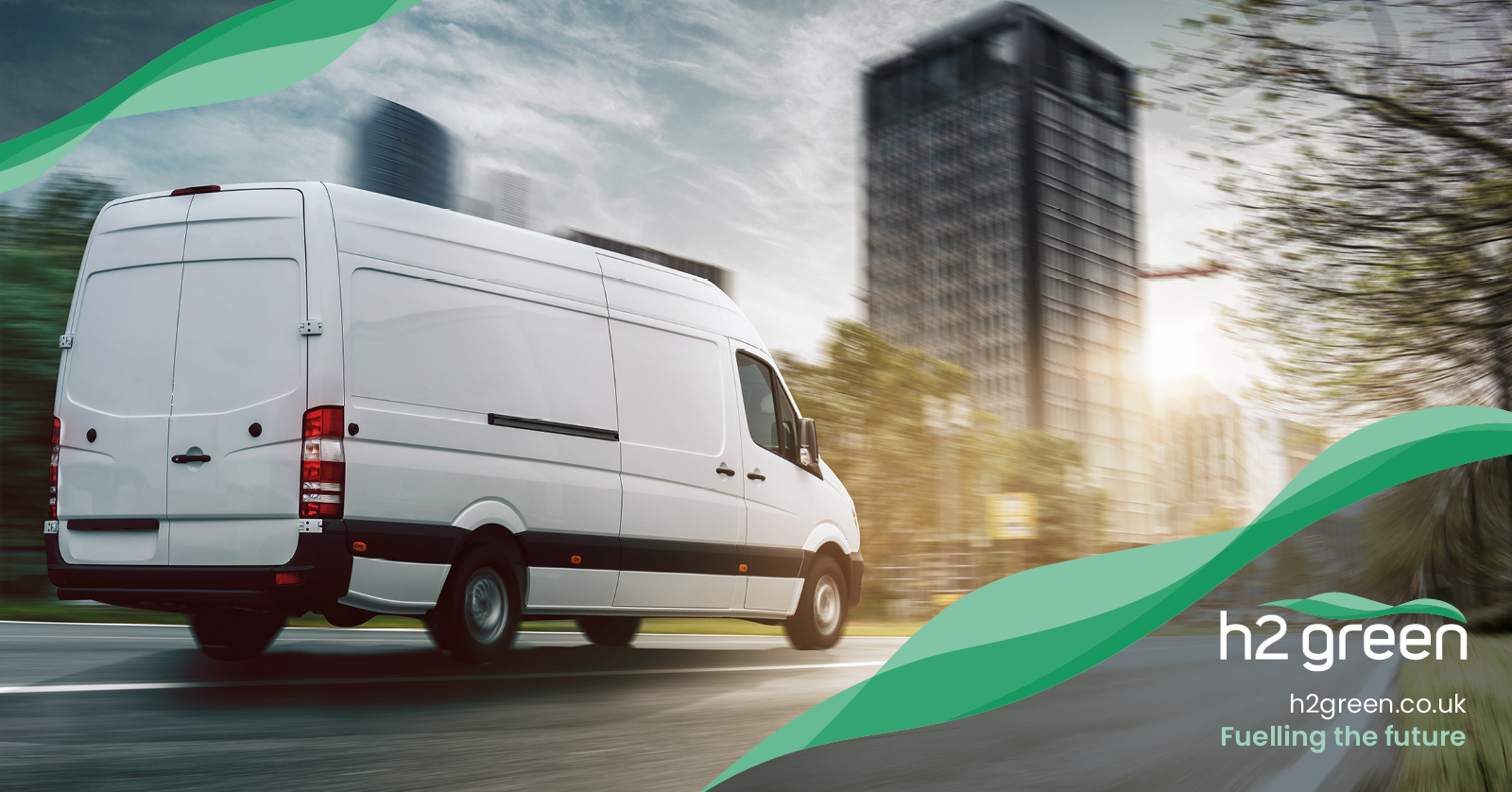World Energy Storage Day: Fixing the Flaws in Li-ion Batteries

As the industry recognises world energy storage day, Housing Industry Leaders highlights how current flaws in Li-ion batteries can be fixed.
Energy storage is one of the key enablers as the industry pushes for further electrification, decarbonisation and help meet net-zero targets. As the EV market increases so do the need for a balanced renewable electricity grid to provide power in low solar and wind periods.
Lithium-ion batteries have benefitted from the development of energy-dense battery technologies. Avenues have been opened for portable electronic devices, electric mobility, and stationary storage.
Research from IDTechEx forecasted that “lithium-ion battery demand to reach over 2500 GWh for electric vehicles” alone.
However, the uptake of lithium-ion batteries is not without a significant cost to the environment. This is largely due to the mining of cobalt and lithium.
Lithium mining has a big impact on regions with scarce water reserves due to the large amounts of water the extraction process requires.
Urgent calls for a circular economy
There are further environmental implications of the traditional battery supply chain when considering the route by land and sea that some materials travel before reaching the battery cell manufacturer to form finished products.

Without recycling, valuable critical metals will go to landfills creating both waste and safety hazards. Source: IDTechEx
Recycling reduces the impacts of this problem by ‘closing the loop’ in the supply chain. IDTechEx explained that: “Companies can recover valuable metals from end-of-life batteries and scrap from battery manufacturing and are currently developing more environmentally friendly processes to do so.”
Profiled by IDTechEx, recyclers including Battery Resources and American Manganese, employ acid leaching and solvent extraction in their hydrometallurgical processes.
Lower amounts of energy are required compared to pyrometallurgical techniques that have often been used in the past. The smelting of these metals causes a huge value loss.
Increasing the optimisation of lithium-ion batteries and reducing the impacts on the environment is essential. Co-locating battery recycling facilities with manufacturing facilities to allow more recycling of production scrap.
Lower amounts of energy are required compared to pyrometallurgical techniques that have often been used in the past
Increasing the circular economy in the lithium-ion battery supply chain will reduce the environmental concerns of the technology. There are urgent calls for further action to improve the sustainability of battery metal mining until there is enough supply for the circular economy to be self-sustaining.
Fresh innovation surrounding Li-ion batteries
Lithium-ion batteries are reaching their performance limits. There is always an equilibrium between energy, power, and cycle life. As Lithium-ion is a relatively well-developed technology, alternatives such as solid-state, sodium-ion, and redox flow batteries are starting to bring fresh innovations to the area.
IDTechEx explained: “In solid-state batteries, the flammable liquid electrolyte is replaced with solid alternatives, creating safer batteries. Generally, the most popular types are oxide, sulfide, and polymer systems but there are various other solutions each with its advantages and disadvantages.”
Continuing, IDTechEx predicts that the “solid-state battery market will impact the supply chain, reaching over $8 billion by 2031.”
While it is clear that Lithium-ion is a well-established technology and enabler of the energy transition, it doesn’t hold all the answers. A developed circular economy is the key to further progress in the energy sector.
Lithium-ion has established itself as a key technology and enabler of the energy transition but is not a complete solution. Further progress needs to be made in developing a circular economy and tackling the current issues with Li-ion batteries.

